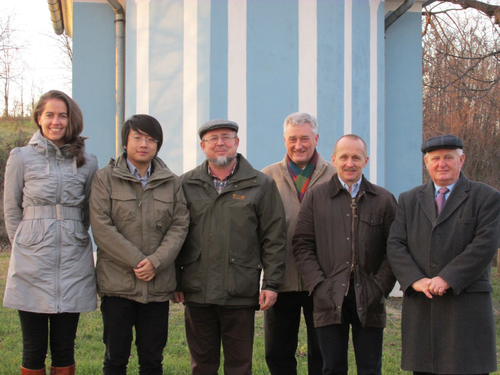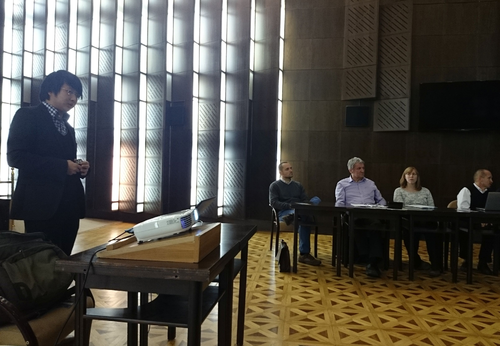Two IMPRESSIONS workshops were held on 10 &11 December 2014 in Veszprém and Szekszárd, Hungary, to discuss recent project activities and next steps, as well as to learn about key stakeholder issues and activities related to climate change. Participants at the workshops included local and regional environmental experts and decision makers.
During the workshops, the project was presented to stakeholders, giving a general overview of IMPRESSIONS’ aims and objectives, as well as providing an update on its current status. Some of the models used in the Hungarian case study to explore climate change impacts and vulnerability were also presented by Sen Li, Oxford University. The workshop ended with detailed discussions around the various technical and content aspects of the case study, local climate change and related development policies, and future steps for the IMPRESSIONS project.
Amongst others, the workshop in the city of Veszprém included Mr. László Imre, the Clerk of Veszprém County, the county’s highest level administrative body (Hungary counts 19 counties), who expressed his interest in collaborating with the project. At the meeting he noted that they are in the process of preparing long-term county-level development plans and would welcome the opportunity to take perspectives and findings from the IMPRESSIONS project into account.
Representatives of the Municipality of Szekszárd also expressed their interest in incorporating findings of the IMPRESSIONS project into their agenda, as all topic areas are vital to the sustainable development of the region. Moreover the workshop was followed by a short field trip in the surroundings of the city with the aim to offer an insight into the local set-ups to the IMPRESSIONS team.



Large image: Participants at the workshop in Szekszárd; Small left: Discussions in Szekszárd; Small right: Presenting IMPRESSIONS in Veszprém
As a result of the interest and enthusiasm of partners both in Szekszárd and Veszprém, the event achieved good coverage in the media, including a short report on a local TV channel, a radio interview, and news featured online and in print editions, and environmental portals.